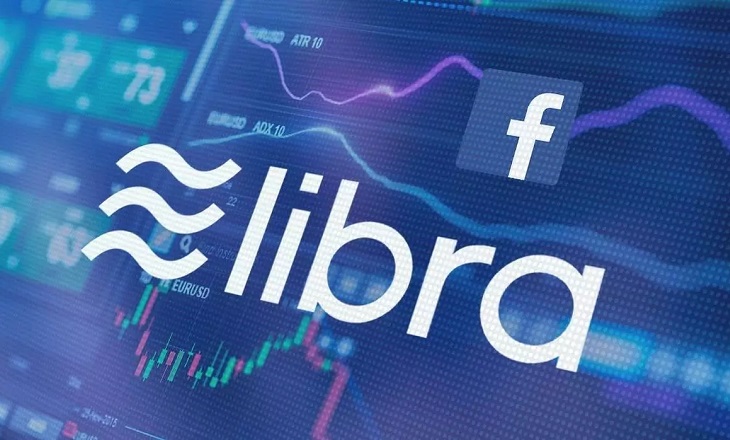Libra is not dead. Mark Zuckerberg’s pet project has gained new life by revising its initial whitepaper to conform to criticisms espoused by the global regulatory establishment. The new framework comes just nine months after the U.S. Congress lambasted Libra with a full frontal attack, followed by similar assaults by other regulators across the globe. Perceived as an affront to sovereign currencies and monetary policies, Libra management have now backed away from its controversial all-in-one Libra Coin and instituted a worldwide system of national stablecoins that will drive the system.
The cover letter accompanying the new whitepaper, which was released Thursday morning, addressed widespread objections: “While our vision has always been for the Libra network to complement fiat currencies, not compete with them, a key concern that was shared was the potential for the multi-currency Libra Coin (≋LBR) to interfere with monetary sovereignty and monetary policy if the network reaches significant scale and a large volume of domestic payments are made in ≋LBR. We are therefore augmenting the Libra network by including single-currency stablecoins in addition to ≋LBR.”
Initially, the Libra network will operate with four stablecoins, based upon the U.S. Dollar, the English Pound, the Euro, and the Singapore Dollar. The composite Libra Coin will be pegged to these four currencies by a formula endorsed by the IMF to conform to its structure of drawing rights. This major change will greatly enhance the project’s goal of launching the system sometime in 2020. Libra executives confess to giving up some flexibility in order to focus primarily on becoming a global payment system, not necessarily a store of value versus national fiat currencies, as is the case with Bitcoin.
As further explanation, the paper disclosed that: “≋LBR can be used as an efficient cross-border settlement coin as well as a neutral, low-volatility option for people and businesses in countries that do not have a single-currency stablecoin on the network yet.” As new stablecoins are added to the mix, the formula for the composite coin will adapt, and it will never stand on its own. It will always be tied to the existing tokens.
The whitepaper also addressed issues related to anonymity in the system, a point that regulators had also stressed in their critiques. The network will remain “permissioned” in that all counterparties operating on the network will be known. The revised roadmap has also been configured to comply with guidelines promulgated by the Financial Action Task Force (FATF), by limiting what people and how unregulated entities can operate while on the network. According to CoinDesk: “The Libra Association has initiated the licensing process with Switzerland’s Financial Markets Supervisory Authority (FINMA), which would allow it to offer monetary and banking services.”
The simple truth is that Libra, on “Day One” of its launch, could have payment volumes larger than any other cryptocurrency. Economist and academic John Vaz told staff at Cointelegraph that: “They are targeting a market which is ready-made for them in the sense that people are already making transactions on Facebook, and Messenger, and WhatsApp, and Instagram — they own the lot. So they’ve got the message traffic, and those people are doing economic transactions already using fiat.”
Read More:
